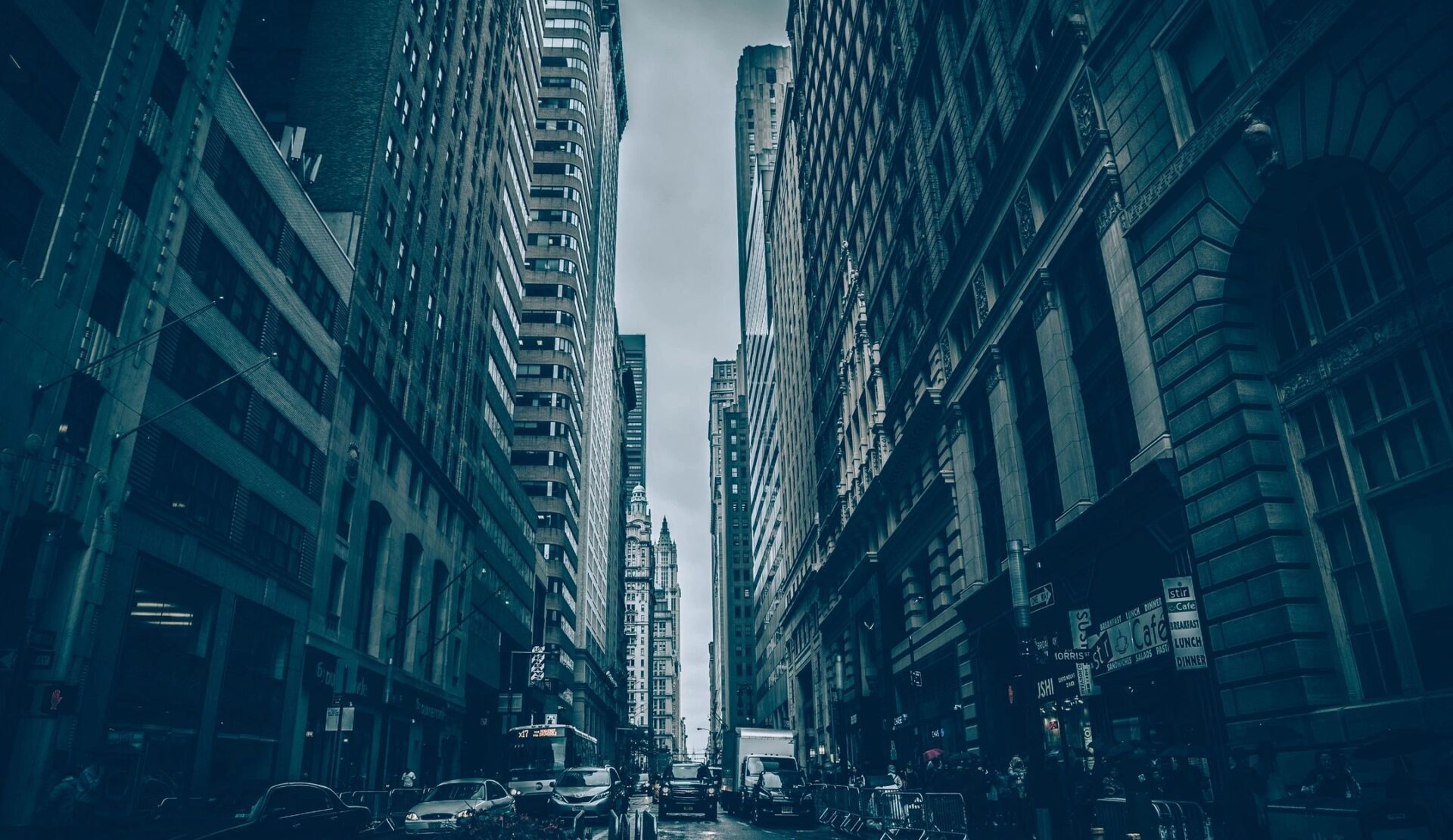Engineers
Scenario: An engineering client, a real estate developer is proposing a new high-rise building in a dense urban area.
Use Case:
- Public Engagement: Create compelling visualizations of the proposed project, helping residents understand the benefits and tradeoffs, fostering community support.
- Shadow Studies: Accurately simulate how the new building casts shadows at different times of the day and throughout the year, helping to optimize design and address potential concerns.
- Utility Mapping: Overlay existing underground utility lines, pinpointing potential conflicts and streamlining coordination with utility companies prior to construction.
- Sightline Analysis: Assess potential view obstructions for surrounding buildings, facilitating communication and potential design adjustments to minimize impact.
- Construction Staging: Plan out construction logistics and equipment placement within the 3D environment, minimizing disruption to the surrounding area.
Real Estate
Scenario: A high-profile commercial real estate broker is representing a major developer looking to purchase a large parcel of land in a rapidly revitalizing urban district. .
Use Case:
-
Immersive Visualization:
- The broker imports the site plans and creates a custom 3D model of the proposed mixed-use development.
- Using Urban Vision's 3D cityscape, they place the model directly into the existing urban environment, enabling the developer to visualize the project in context.
- They conduct a virtual walkthrough, showcasing street-level views, architectural details, and how the development fits within the current cityscape.
-
Data Integration:
- The broker overlays key data layers onto the 3D model:
- Zoning information to ensure compliance and highlight potential opportunities.
- Traffic patterns to analyze accessibility and potential customer flow.
- Demographics and nearby points of interest to demonstrate market demand.
- Historical building permit data to understand neighborhood development trends.
- The broker overlays key data layers onto the 3D model:
-
Collaboration & Storytelling:
- The broker invites the developer, potential investors, and local stakeholders to a virtual presentation using Urban Vision's shared platform.
- They use the 3D environment to tell a compelling story:
- Highlight the project's potential to enhance walkability and boost foot traffic for surrounding businesses.
- Showcase how the design complements existing architecture or introduces a unique signature element.
- Address concerns about parking or traffic impact using visuals and data.
Government/Municipal
Scenario: A city is experiencing unprecedented population growth and development.
Use Case:
- Base 3D cityscape: The city imports an existing 3D model of the area, including buildings, streets, and the waterfront.
- Data Overlays:
- Zoning regulations and historic landmark designations
- Traffic patterns and pedestrian flow
- Current occupancy and property values
- Custom Building Models: Developers submit 3D models of proposed mixed-use buildings, hotels, and public spaces. These are placed directly into the city model.
- Overlay zoning regulations: Visualize how current zoning impacts land use and potential development areas.
- Enhanced collaboration: Share the 3D platform with stakeholders, from planners to public interest groups, for streamlined communication.
Security
Scenario: Proactive Security Planning for a Major Public Event
Use Case:
- Base Layer: An ultra-realistic 3D model of the downtown area is built, incorporating street layouts, buildings, and existing infrastructure (lighting, cameras, etc.).
- Data Integration:
- Historical crime data is overlaid, pinpointing hotspots for extra attention.
- Crowd simulation models, based on estimated attendance, predict traffic flow and potential bottlenecks.
- Live feeds from existing security cameras can be integrated directly.
- Social media sentiment analysis can potentially highlight areas of brewing tension.
- Planning & Simulation:
- Security teams visualize the optimal placement of additional cameras, barriers, and personnel.
- Potential routes for emergency vehicles, crowd control, and evacuations are mapped directly onto the 3D model.
- Incident scenarios can be simulated within the platform, allowing the team to test and refine response plans.
Interested in specific Use Cases?
Send us an email [email protected] or setup a demo today!

